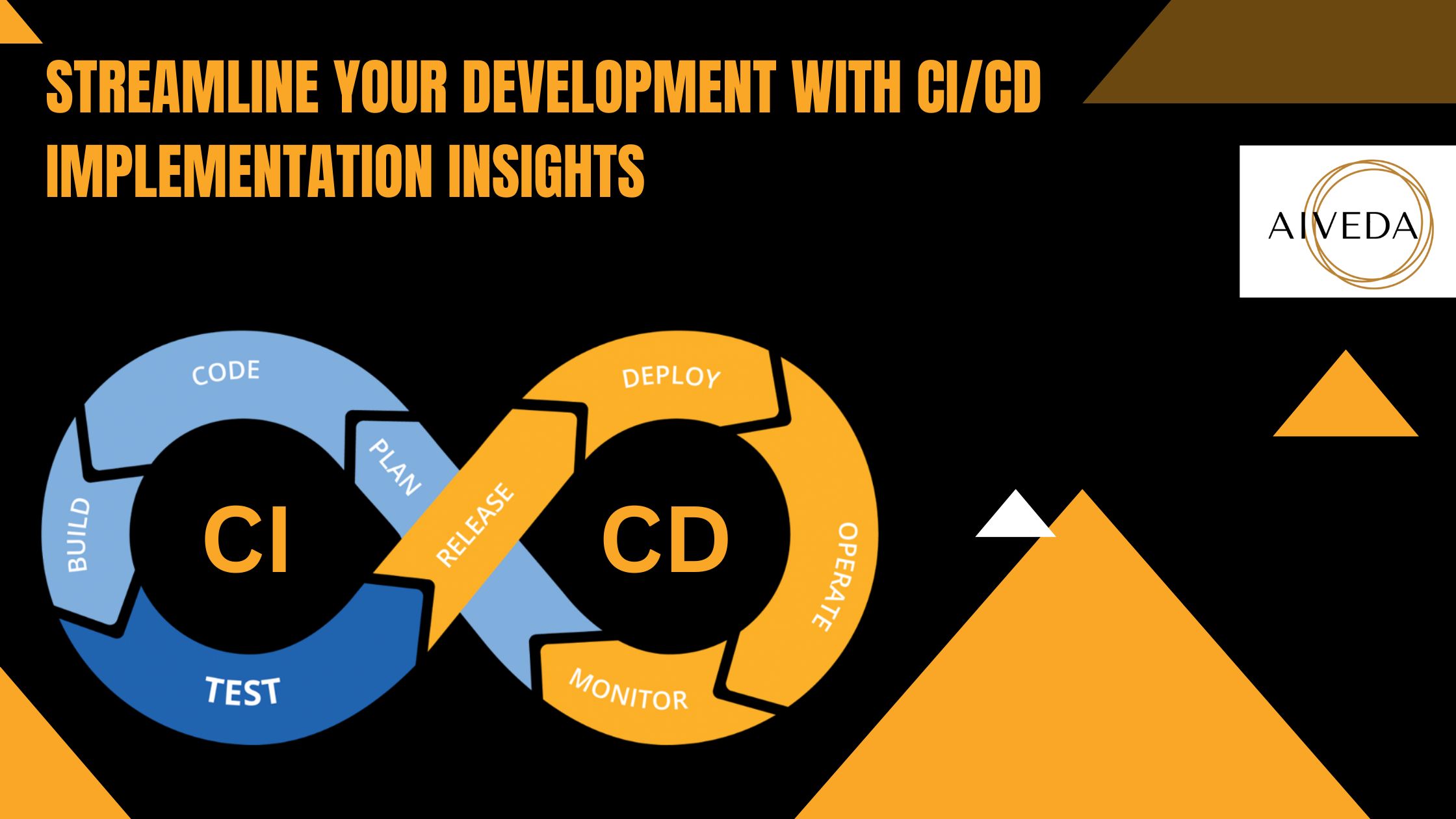Streamline Your Development with CI/CD Implementation Insights

In the realm of software development, Continuous Integration (CI) and Continuous Deployment (CD) have emerged as transformative practices. These methodologies, when implemented correctly, can drastically improve the efficiency, quality, and speed of software delivery. This guide offers an in-depth exploration of CI/CD, shedding light on its nuances, benefits, and best practices.
Table of Contents
Introduction to CI/CD
Continuous Integration (CI) is the systematic process of integrating code changes from multiple contributors into a shared repository multiple times a day. This practice is complemented by automated tests that ensure these changes are error-free. Continuous Deployment (CD) takes this a step further by automating the release of these validated changes to a production environment, ensuring that software is always in a deployable state.
The Growing Significance of CI/CD in Modern Development
Rapid Feedback Loop: CI/CD offers developers immediate feedback, ensuring early detection and rectification of defects.
Accelerated Time-to-Market: Automated deployments translate to quicker feature releases, ensuring users get timely updates.
Reduced Manual Overhead: Automation minimizes human intervention, leading to significant cost savings and a reduction in manual errors.
Enhanced Collaboration: CI/CD fosters a collaborative environment where developers, testers, and operations teams work in unison.
Deep Dive into the Core Principles of CI/CD
Maintain a Single Source Repository: All code should be centralized in a version-controlled repository, ensuring consistency and traceability.
Automate the Build and Deployment: Automation ensures that builds are consistent, and deployments are swift and error-free.
Prioritize Speedy Builds: Quick builds enable faster feedback loops, ensuring that issues are detected and addressed promptly.
Replicate the Production Environment for Testing: This ensures that testing scenarios closely mirror real-world usage, minimizing deployment surprises.
Blueprint: Setting Up a Robust CI/CD Pipeline
Source Control: Developers commit code to a shared repository, ensuring version control.
Automated Build Process: Tools compile the source code, ensuring that it’s free from integration errors.
Automated Testing: Rigorous tests are run against the build, ensuring the code is production-ready.
Deployment: Once tests pass, the code is automatically deployed to the production environment, ensuring that new features and fixes are delivered promptly.
Exploring Key Tools and Technologies in CI/CD
Jenkins: A widely-used open-source automation server that facilitates building, testing, and deploying code.
Docker: Uses containerization to ensure consistent and isolated environments, streamlining deployments.
Git/GitHub: These tools offer robust version control capabilities and integrate seamlessly with most CI/CD pipelines.
Kubernetes: An orchestration tool that automates the deployment and scaling of containerized applications.
Best Practices and Advanced Strategies for CI/CD Implementation
Commit Code Regularly: Frequent commits ensure that changes are smaller and more manageable, leading to quicker issue detection.
Leverage Feature Flags: These allow for safer deployments and provide an easy mechanism for rollbacks.
Uphold Code Quality: Utilize static code analysis tools and maintain coding standards to ensure high-quality code.
Monitor and Log Religiously: Effective monitoring and logging are crucial for quick issue detection and resolution.
Potential Challenges in CI/CD and Their Solutions
Complexity of Initial Setup: While CI/CD setup can be intricate, leveraging standardized tools and expert guidance can simplify the journey.
Cultural Resistance to Change: A shift to CI/CD represents a cultural change. Continuous training and showcasing tangible benefits can help in gaining organizational buy-in.
Case Study: Transforming Software Delivery with CI/CD
XYZ Corp, a global software powerhouse, grappled with prolonged release cycles. Post CI/CD implementation, they slashed their deployment time, elevated code quality, and witnessed a surge in customer satisfaction. This transformation underscored the power of CI/CD.
Wrapping Up: The Future of CI/CD
The evolution of CI/CD is ongoing. With the rise of technologies like AI and machine learning, CI/CD pipelines will become smarter, more adaptive, and even more integral to software development. Embracing CI/CD is not just a trend but a necessity for organizations aiming to stay at the forefront of innovation.